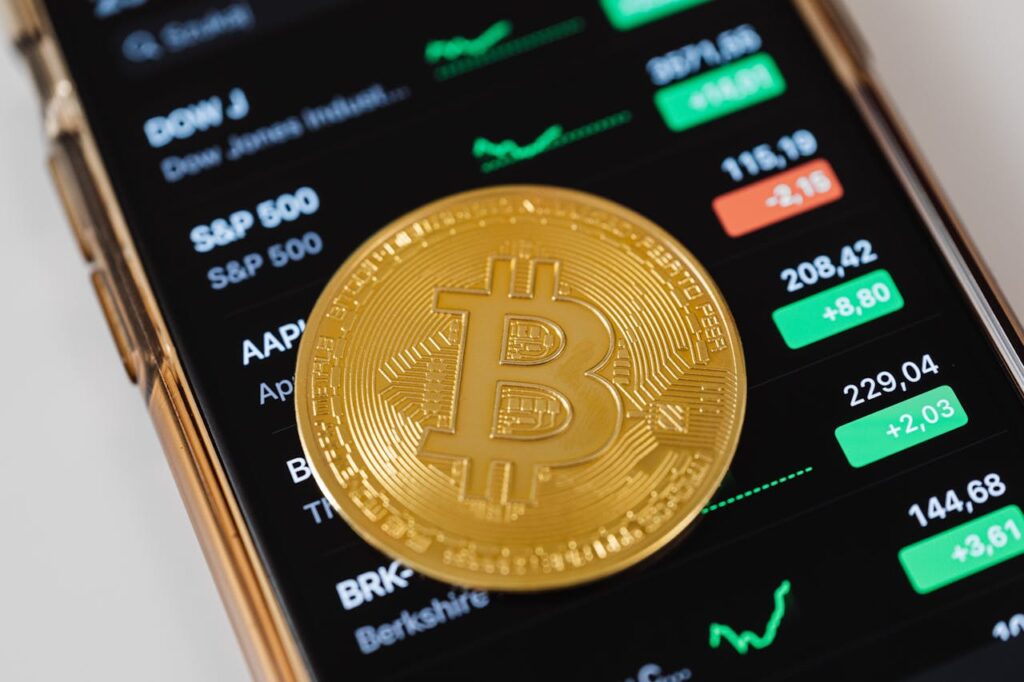Scalability is crucial for blockchain networks, and Ripple stands out as a leader in this area. Unlike other platforms, Ripple uses an efficient consensus mechanism and innovative architecture to handle high transaction volumes. This results in faster, more cost-effective transactions. By enabling seamless cross-border payments and integrating with other blockchains, Ripple ensures its solutions are versatile and future-proof. How exactly does Ripple achieve this level of scalability? Let’s dive into the unique strategies and technologies that make Ripple a game-changer in the world of blockchain. Ripple’s scalability support is more comprehensible with Wealthicator, an investment education firm connecting traders with experienced educational experts.
Ripple’s Unique Consensus Mechanism
Ripple’s consensus mechanism sets it apart from other blockchain systems. Instead of using energy-intensive proof-of-work like Bitcoin, Ripple uses the Ripple Protocol Consensus Algorithm (RPCA). This method allows for quicker and more efficient transaction validation.
Validators, chosen based on trust, ensure the integrity of transactions. This system reduces the computational burden, making the network faster and more scalable. Unlike traditional methods, RPCA confirms transactions through a consensus of network nodes. This approach is both time-efficient and cost-effective, making Ripple a leader in scalable blockchain solutions.
Innovations in Ripple’s Network Architecture
Ripple’s network architecture is designed with scalability in mind. RippleNet, the platform’s global payment network, supports high transaction volumes with ease. By utilizing unique ledger protocols, RippleNet can process thousands of transactions per second.
This architecture ensures seamless and swift payment settlements across borders. Ripple’s design also includes features that prevent network congestion and improve transaction speed. For instance, the implementation of payment channels allows for off-ledger transactions, reducing the load on the main ledger. These innovations collectively boost the network’s ability to handle large-scale financial operations.
Transaction Speed and Throughput
Ripple is renowned for its fast transaction speeds. Traditional banking systems can take days to process international payments. In contrast, Ripple can settle transactions in mere seconds. This speed is achieved through its efficient consensus algorithm and network design.
Ripple’s network can handle up to 1,500 transactions per second, which is significantly higher than many other blockchain platforms. This high throughput ensures that the network can accommodate increasing transaction volumes without compromising speed. Businesses and financial institutions benefit from this efficiency, enabling quicker and more reliable cross-border payments.
Cost-Effective Scalability Solutions
Ripple offers cost-effective solutions for scalable blockchain operations. Unlike other blockchain platforms that incur high transaction fees, Ripple maintains low costs. This is particularly beneficial for financial institutions and businesses that process numerous transactions daily.
Ripple’s efficient consensus mechanism reduces the need for extensive computational power, further lowering operational costs. Additionally, Ripple’s payment channels allow for batch processing of transactions, which minimizes fees. By offering a low-cost, scalable solution, Ripple provides an attractive alternative for businesses looking to streamline their payment processes.
Interoperability with Other Blockchain Systems
Interoperability is a key feature of Ripple’s network. Ripple supports seamless integration with other blockchain platforms, enhancing its scalability and utility. This cross-chain compatibility allows for diverse transaction types and broader network participation.
For example, Ripple’s Interledger Protocol (ILP) facilitates transactions across different ledgers, enabling payments between various cryptocurrencies and fiat currencies. This flexibility is crucial for businesses and financial institutions that operate in a multi-currency environment. By promoting interoperability, Ripple not only expands its network reach but also ensures its relevance in an increasingly interconnected financial landscape.
Future Prospects and Innovations
Ripple’s future looks promising with ongoing advancements aimed at enhancing scalability and efficiency. The company is continuously refining its consensus mechanism to further increase transaction speeds and reduce costs. One exciting development is the potential integration of smart contracts, which could open up new use cases and increase network utility.
Ripple is also exploring partnerships with more financial institutions to expand its global reach. Additionally, there’s a focus on improving interoperability with other blockchain networks, which will make Ripple even more versatile. These innovations not only strengthen Ripple’s position in the blockchain space but also promise a future where global payments are faster, cheaper, and more reliable.
Conclusion
Ripple’s innovative approach to scalability through its unique consensus mechanism and network architecture sets it apart in the blockchain landscape. Its ability to process thousands of transactions per second efficiently and cost-effectively is unparalleled. By focusing on interoperability and low-cost solutions, Ripple not only meets current market demands but also anticipates future needs. As blockchain technology evolves, Ripple’s scalable solutions are poised to play a pivotal role in revolutionizing global financial systems. For businesses and financial institutions seeking efficient and reliable payment solutions, Ripple is the clear choice.


